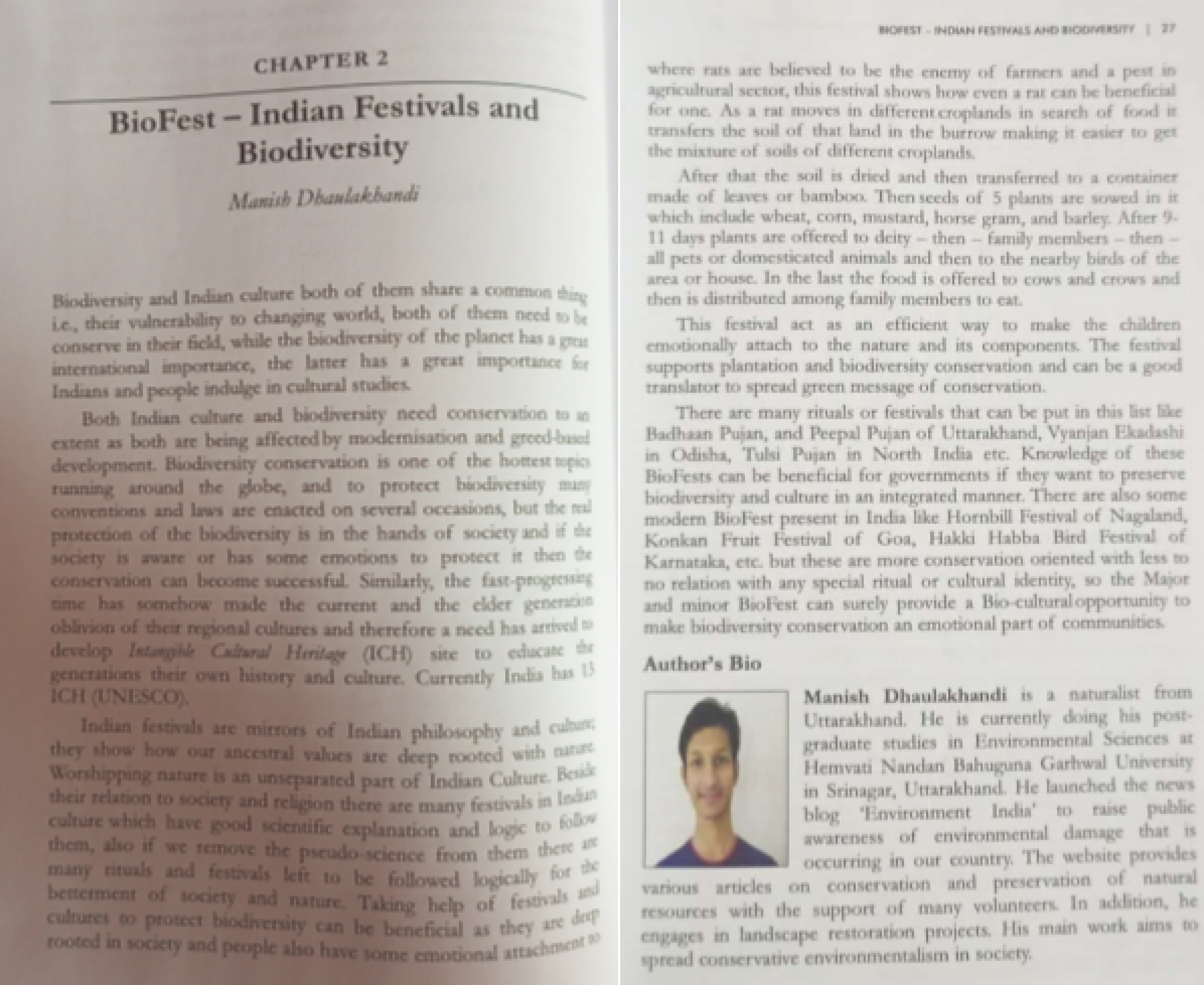TODAY'S TRENDING ENVIRONMENT NEWS INDIA 25 AUGUST
YOGI BANS CATTLE FAIRS IN UP: LUMPY VIRUS PANDEMIC
Uttar Pradesh Chief Minister Yogi Adityanath has ordered suspension of all cattle fairs in view of the increasing number of cases of lumpy skin disease (LSD) till the situation returns to normal.
A special vaccination drive will also be carried out to vaccinate cattle against the LSD. Since the first LSD case was reported on April 23 in Kutch, the disease has spread to 26 of Gujarat’s 33 districts and has claimed more than 4,000 cattle heads.
More than 7,300 animals are reported to be dead due to the Lumpy Skin disease (LSD) in seven states and one union territory, which has sparked huge concerns.
Canindia
UNTREATED LEGACY WASTE IS POLLUTING THE SENSITIVE WETLAND ECOSYSTEM OF DEEPOR BEEL: ASSAM
For the past 15 years, municipal solid waste of Guwahati has been unscientifically dumped next to the Deepor Beel, a prominent wetland in Assam. It is Assam’s only Ramsar site.
Research shows substantial contamination of the water bodies, including Deepor Beel from the untreated legacy waste. In the Deepor Beel, which once boasted of high quality freshwater fish, breeding has gone down.
The Assam government allocated about 30.10 hectares of land adjacent to the wetland to the Guwahati Municipal Corporation (GMC) in 2006. The site that is now a garbage dump was once a lush grassland of Kans grass (locally known as kohuwa bon) and elephant grass.
Residents alleged that the GMC ignited the fire as a cheap means of disposal of garbage, releasing harmful smoke.
Dharitri Choudhury, Assistant Professor of Ecological Restoration Department, Dimoria College, published a PhD paper titled Impact of waste dump on surface water quality and aquatic insect diversity of Deepor Beel (Ramsar site), Assam, North-east India in 2017. The paper concludes that dump site is the point source of pollution. The waste is a health hazard for people, livestock and wildlife.
Mongabay India
GANGETIC RIVER DOLPHINS IN ASSAM DECLINE IN THE WAKE OF ANTHROPOGENIC PRESSURES
Assam’s Brahmaputra and the tributaries Kulsi and Subansiri are strongholds of the endangered Gangetic river dolphin. However, local communities and researchers note decline in populations. Dolphins in the Kulsi river are affected by relentless mechanised sand mining on the banks.
Due to the concrete gravity dam built on the Ranganadi river, the river loses connectivity with Subansiri river during its lean period. As a result, the dolphin population has been wiped out completely in Ranganadi river, according to a report from the Wildlife Institute of India.
The construction of dams in several regions in Assam and Arunachal Pradesh cut through dolphin habitats and limit the access to prey. Dolphins are more or less extinct in the Barak river system, with a handful found in tributaries such as Kushiyara and Soorma.
Mongabay India
OVER 350 TURTLES RESCUED BY FOREST DEPARTMENT IN MALKANGIRI: ODISHA
At least 350 turtles were rescued by forest officials during a raid at a village in the Kalimela area of Odisha’s Malkangiri district on Wednesday.
As per reports, acting on a tip-off, a team of forest officials led by Kalimela Forest Officer Sushant Kumar Dalei conducted a raid in the village at around 3 am and seized 350 turtles. The turtles were packed in 20 sacks.
Turtle smuggling is rampant in Odisha-Andhra border. The smugglers collect live turtles from local fishermen, who catch the reptiles from rivers and other water bodies.
India Today
NORTH INDIA IS MOST POLLUTED, DELHI-NCR REGION A HOTSPOT: STUDY
A national assessment by the Centre for Science and Environment (CSE) has put forth that the Particulate Matter2.5 average in the northern capital region is almost three times the average of cities in southern India.
While pollution this summer has been higher than pollution last summer; the highest daily peak of pollution has been recorded in cities of Bihar. For the study, data from March 1 to May 31 has been considered.
Besides the fact that Delhi-NCR is the most polluted, other major findings are that daily peak pollution was the highest in east India, with cities of Bihar recording the highest levels: Summer daily peak PM2.5 levels for east India stood at 168 µg/m³, the highest among all the regions. North India with 142 µg/m³ summer peak was the second worst. West India (106 µg/m³), central India (89 µg/m³), northeast India (81 µg/m³) and south India (65 µg/m³) also recorded summer peak in excess of 60 µg/m. Within north India, Delhi NCR was found to be most polluted sub-region.
The Week
EducationArticles from Manish Tiwari Dhaulakhandi
View blog
🪷नववर्षस्य शुभाशया🪷 · आपको नववर्ष विक्रम संवत २०८०, उगादि, गुड़ीपड़वा और चैत्र नवरात्रि की हार्दिक श ...

आज 15 मार्च चैत्र १ गते को · "फुलदेई" उत्तराखण्ड का पवित्र त्यौहार है🌻🌻 · ऐसी मान्यता बताई जाती है ...

My chapter on biodiversity and culture (BioFest: Indian Festivals and Biodiversity) got published in ...
You may be interested in these jobs
-

Sales Executive
3 days ago
Odisha Job Consultancy Bhubaneshwar, India Full timeContact HR Sonalika · Dear Candidates, · Greetings from Odisha Job Consultancy · Position- Sales Executive · Looking for smart, sales Executive for a leading Outdoor Advertising company. · Roles & Responsibilities: · Lead generation through different social platforms, emails, ca ...
-

Customer Care Executive
1 day ago
Direct apply
Integgral Corporate Services Zirakpur, India**Location**: Zirakpur · **Qualification**: Minimum 12th · **Freshers **and **Experienced** both can considered · **Salary** 12k-25k ctc · **Job Types**: Full-time, Permanent, Fresher · **Salary**: ₹12, ₹22,000.00 per month · Schedule: · - Day shift · **Education**: · - Higher Se ...
-
Finance Functional Consultant
2 days ago
Brisk Win IT PVT Ltd. Mumbai, India permanentRole : Finance Functional Consultant · Year Experience : At least 6+ years in Finance Domain and minimum 2+ years in Workday Finance · - Should be strong in Workday Finance ERP · - Candidate should have strong functional knowledge in WD Finance functional module - Financial Accou ...

Comments